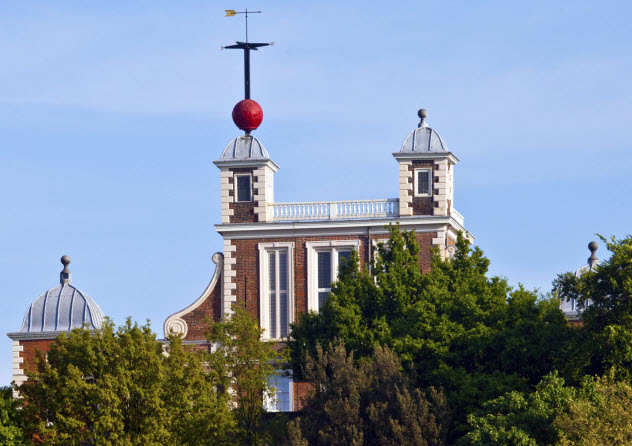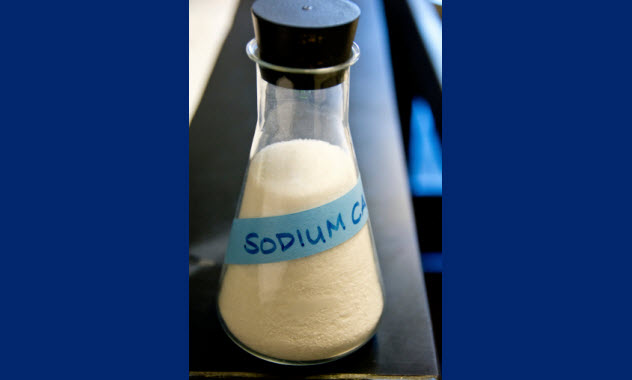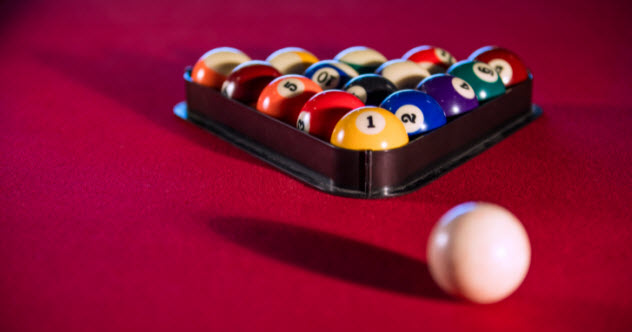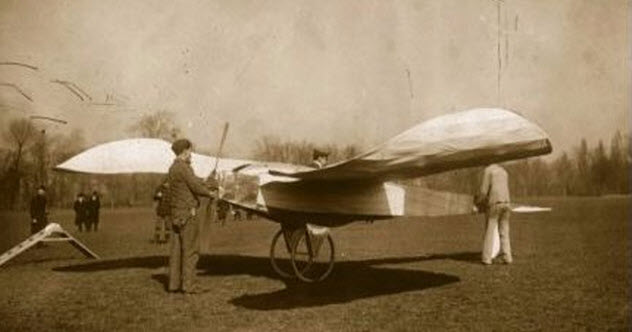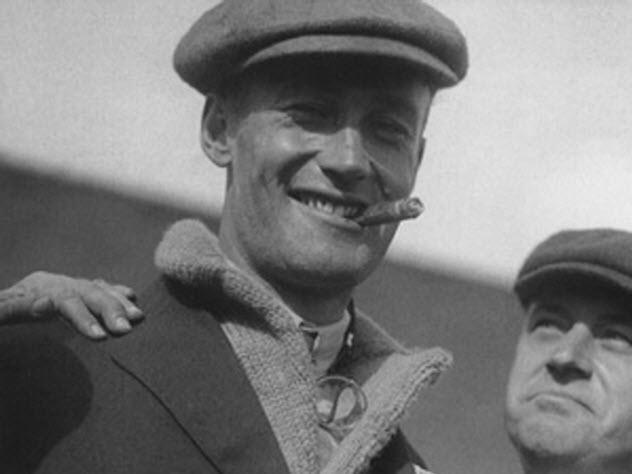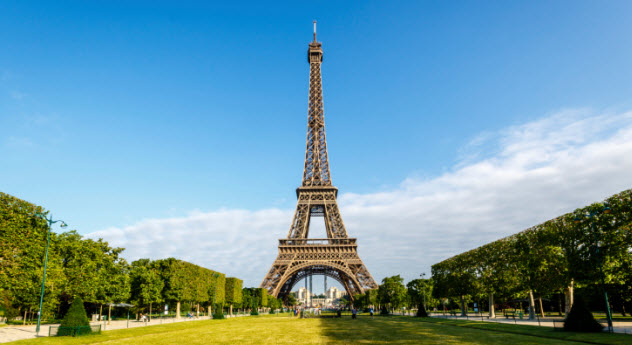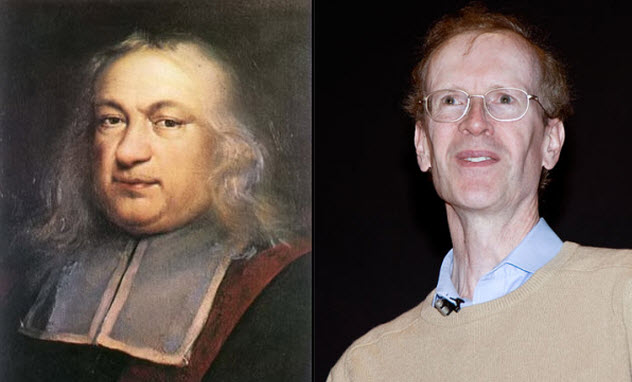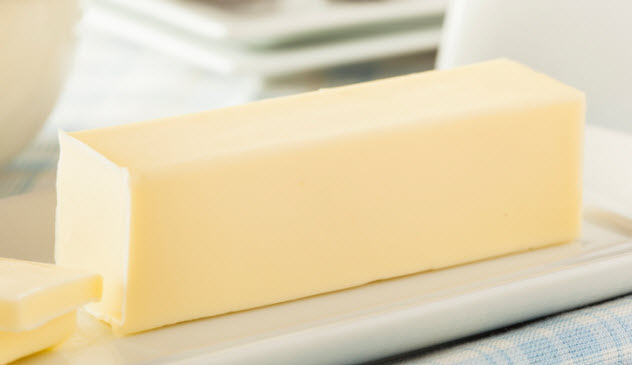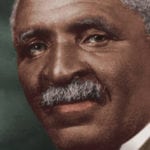10 Longitude Act
In the 18th century, sea travel was a big deal. That’s why the British government passed the Longitude Act in 1714 to solve the longitude problem and ensure British superiority on the seas. Until that point, navigation was hit or miss. It was easy to determine a ship’s latitude by using the Sun. However, determining the longitude involved inaccurate methods that often led to naval disasters. That’s why the Longitude Rewards were established. Instead of offering one big prize, the Longitude Act provided up to £20,000 for navigational solutions with an accuracy up to half a degree. The more accurate a method was, the more money was awarded to its creator. As you would expect, numerous people were keen to collect the prize money, so they started tinkering. Several of them received prize money, chief among them a clockmaker named John Harrison. He spent most of his life working on a solution, actually earning over £20,000 in the process. His solution was simply to create a more accurate sea clock. His first design, the H1, earned Harrison a £250 prize. He kept improving the design, culminating with the H4 which became the marine chronometer and won him the £20,000. In the meantime, an astronomer named Nevil Maskelyne at the Royal Observatory in Greenwich established that astronomical observations could be used to determine longitude, which is why Greenwich became the home of the prime meridian with zero degrees longitude.
9 Alkali Prize
Sodium carbonate, also known as soda ash, is an agent with a large variety of applications. It’s used in manufacturing glass, in developing film, as a laundry water softener, as a chemical electrolyte, as a descaling agent in boilers, and even in taxidermy. While most of these uses are recent, soda ash has been prized for a long time, which is why the French government created the Alkali Prize in 1775 to reward anyone who could develop a new, cheaper method of producing sodium carbonate. The prize, worth 2,400 livres (around $10,000), was established by the French Academy of Sciences with the support of King Louis XVI. In 1791, Nicolas Leblanc, a chemist and physician to the Duke of Orleans, won the contest. His method, the Leblanc process, became widely used throughout the 19th century. It involved first obtaining sodium sulfate from common salt and then using it to create a reaction with coal and calcium carbonate which resulted in the coveted soda ash. Unfortunately, Leblanc was a victim of bad timing. Even though he was awarded a 15-year patent on his method, the French Revolution had started by the time he set up a factory to begin mass-producing soda ash. Leblanc received no money, and his factory was confiscated. In the meantime, the Brits found out about his technique and started making their own sodium carbonate. Eventually, Leblanc’s efforts were recognized posthumously, and his prize money was awarded to his heirs.
8 Billiard Ball Prize
Elephants are still being slaughtered indiscriminately for their precious ivory, but it’s nowhere near as bad as it used to be. For hundreds of years, many luxury items were made using ivory. For most of their existence, billiard balls were among them. While the earliest mention of ivory billiard balls comes from the 16th century, it wasn’t until the mid-1860s that someone decided that an alternative would be appropriate. This wasn’t out of any conservation concerns, just a realization that the large rates of elephant slaughter would drive the price of ivory increasingly higher. That’s why a New York City billiards company named Phelan and Collender set up the Billiard Ball Prize in 1863. The goal was to find a viable alternative material for billiard balls, and the prize was $10,000 (over $136,000 in today’s money). There already existed other materials used to make billiard balls: ox bone, clay, and even wood, but none of them were preferred over ivory. A new manufacturing agent was needed that would be embraced by the billiard players. American inventor John Wesley Hyatt is considered the unofficial winner of the prize, although reports are contradictory on whether or not he ever received the prize money. He used nitrocellulose as the compound material and renamed it “Celluloid” by the time it was commercially manufactured. Even though these balls were sturdier and more durable, reception was lukewarm. They were begrudgingly accepted but soon replaced by other synthetic materials such as Bakelite.
7 Daily Mail Trans-Atlantic Prize
Back during the early days of flight, there was extensive news coverage of most aviation events as they were quite popular with the public. One newspaper that was keen to take advantage of this was the Daily Mail. In order to garner additional exposure, the paper created a number of prizes for performing various feats or aviation firsts. Over £58,000 in prize money was handed out between 1906 and 1925, with the amount of each individual prize depending on the task being performed. The first notable prize (worth £1,000) was awarded in 1909 to Louis Bleriot for being the first person to fly over the English Channel. His feat was replicated one year later by Jacques de Lesseps, but this time it was worth only £100. Arguably, the most significant of all Daily Mail prizes was the Trans-Atlantic Prize of £10,000 for the first transatlantic flight. The prize was established in 1913, although it was suspended during World War I and resumed in 1919. The British duo of John Alcock and Arthur Brown claimed the prize in 1919. Often, it is incorrectly assumed that Charles Lindbergh recorded the first transatlantic flight when, in fact, he did the first solo flight across the Atlantic. He also did it to win an aviation prize—the $25,000 Orteig Prize.
6 French Food Preservation Award
The French employed the “money prize” tactic quite successfully. In fact, nobody did it better than Napoleon, who relied on it several times throughout his life. He made his opinion on the importance of food quite clear (“the army marches on its stomach”), which is why Napoleon wanted to make fresh food more readily available to French troops and civilians. In 1795, the French military under Napoleon offered a prize of 12,000 francs to the person who could develop a better way of preserving food. Fifteen years later, French confectioner Nicolas Appert claimed that prize by agreeing to publish the specifics of his canning method. That same year, his cookbook entitled The Art of Preserving Animal and Vegetable Substances for Many Years was published, and Appert became known as the “father of canning.” Appert discovered that boiling food and then sealing it in bottles or jars kept it fresh longer unless the seal was broken. He realized that air somehow contributed to food spoilage, but he didn’t really know how. Scientists of his day tried to explain the phenomenon with varying degrees of success, but it wasn’t until 50 years later that Louis Pasteur came along with his germ theory.
5 Hearst Transcontinental Prize
Aviation awards have been worth a lot of money. The Daily Mail offered up to £10,000 for their challenges while the Orteig Prize was worth a cool $25,000, but they both pale in comparison to the 1910 Transcontinental Prize of $50,000 offered by William Randolph Hearst. As the name implied, the money went to the first aviator to fly across the United States coast to coast, but he had to do it in less than 30 days. Renowned flyer James J. Ward was one of the first to give it a go, but he failed to reach his target. In fact, nobody was able to claim the prize money, which is worth over $1 million today. The one to complete the challenge was daredevil pilot Cal Rodgers. But he did it in 49 days, so he wasn’t eligible to win the prize. Rodgers had only about 60 hours of flying experience and had only learned to pilot a plane a few months prior to his attempt, although he was taught by Orville Wright himself. As a result, he had to make over 70 stops during his flight, a lot of them unintentional (and more aptly named “crashes”). That’s also why he hired Wright brothers’ mechanic Charles Taylor to follow his route by train and fix his plane after every “stop.”
4 Cholera Prizes
As cholera was a widespread problem in the 19th century, there were multiple efforts to find a solution by offering substantial money prizes. The Royal Academy of Medicine in Paris issued the first challenge to find a cure for cholera in 1819. In 1830, the Russian government offered a prize of 25,000 rubles for the best treatise on cholera to be presented to the Council of Medicine in St. Petersburg. The most substantial reward was the Breant Prize. In 1849, M. Breant left 100,000 francs to anyone who could find a remedy for Asiatic cholera or a means of protection or suppression against its causes. As it was quite a substantial sum of money, his heirs actually challenged the will, but the courts ruled against them. Although cholera is now an easily treatable disease, it took decades back then for anyone to collect any money from the Breant Prize. It was stipulated that smaller sums of money could be given out to people who advanced the pursuit of a cure. French professor Gabriel Colin and physician Charles Laveran both were awarded the prize, but the full prize money ultimately remained unclaimed.
3 Deutsch Prizes
Henri Deutsch de la Meurthe was a French oil tycoon who was also one of the first supporters of aviation in Europe. He donated money to the University of Paris so that it could maintain the Aerotechnical Institute in Saint-Cyr and continue research into aviation. He also created the Deutsch Prizes. First, there was the Deutsch de la Meurthe Prize established in 1900. The winner had to make a round trip from the Parc de Saint-Cloud to the Eiffel Tower in under 30 minutes, and he would be awarded 50,000 francs. There was only one man who seriously competed in the challenge—Brazilian aviator Alberto Santos-Dumont. He first tried it in 1901 with his dirigible the Santos-Dumont No. 5. Unfortunately, a leak caused the dirigible to crash. Santos almost lost his life when he was stranded on the side of the Trocadero Hotel. Undeterred, Dumont tried again just a few months later with a new dirigible. This time, he completed the flight in 29 minutes and 30 seconds. After winning the prize, which had increased to 125,000 francs, he gave a third to his crew and donated the rest to the poor. Bolstered by this success, Deutsch created another contest in 1904 dubbed the “Grand Prix d’Aviation.” This was a 1-kilometer (0.6 mi) circular race that had to be completed in a heavier-than-air craft. It took four years before aviator Henry Farman succeeded and took home the 50,000 francs prize.
2 Wolfskehl Prize
In 1637, French mathematician Pierre de Fermat casually conjectured at the end of a mathematical treatise that no three positive integers a, b, and c can work for the equation an + bn = cn, where n is an integer greater than 2. Fermat claimed to have proof, although it was not included because it was too large to fit in the remainder of the page. He never bothered to provide us with that proof. A few centuries later, people were still struggling to prove him right or wrong. That idea became known as Fermat’s Last Theorem, infamous in the world of mathematics for its difficulty. Over the centuries, the theorem was typically known only to mathematicians who struggled to prove or disprove it. But that changed in 1908 when a German industrialist named Paul Wolfskehl bequeathed 100,000 marks in his will to whomever managed to prove Fermat’s Last Theorem. Wolfskehl had a lifelong interest in mathematics, and there are several stories floating around as to why he focused on Fermat’s theorem. One of them stated that he wanted to commit suicide after being rejected by a lover and got distracted by a paper from another mathematician trying to prove the theorem. Almost 300 years passed between Fermat coming up with his theory and the establishment of the Wolfskehl Prize. Almost another 100 passed before someone finally solved it. In 1995, British mathematician Andrew Wiles finally proved the theorem.
1 Substitute For Butter Prize
Napoleon wasn’t the only French ruler to incentivize innovation with monetary prizes. His nephew Napoleon III did the same thing in 1869 when he created the Butter Substitute Prize. Nineteenth-century France was experiencing tremendous economic growth, with many rural areas becoming sprawling cities. At the same time, many French people decided they could not live without butter. The demand for butter quickly grew more than the supply, so a cheaper substitute was needed. Once the prize was in place, it didn’t take long for someone to claim it. French pharmacist Hippolyte Mege-Mouries had already spent most of the decade studying fat-processing techniques. When he heard of the contest, Mege-Mouries presented Napoleon with a recipe consisting of skimmed milk made with beef tallow which was later dubbed “margarine.” Actually, it was first called “economic butter.” But that didn’t catch on, so it was changed to margarine. Even though Mege-Mouries was granted a patent, he didn’t make a lot of money off margarine. Just two years later, he sold the Dutch patent to local company Jurgens, who would make a fortune off it and eventually morph into the world’s largest current margarine producer: Unilever. Radu is a history/science buff with an interest in all things bizarre and obscure. Share the knowledge on Twitter or check out his website.
